Discurso impartido el 14 de diciembre de 2022 en la sede de nueva York de las Naciones Unidas, en el acto de clausura del año internacional del vidrio. El evento entero de dos horas puede verse aquí: https://media.un.org/en/asset/k15/k151qiaaip
In science, and not only in science, proposing good questions solves a good part of the problem. Something that the immortal Sherlock Holmes or the perspicacious William of Baskerville in Umberto Eco’s novel The Name of the Rose knew well. But this is not something exclusive to detectives. It is intrinsic to science and technology. So let me, as a scientist, raise some questions in relation to this international year of glass that now ends. Do we need to explain why the United Nations declares an international year? Do we have to explain the impacts that glass has? Do we have to assess the virtues and risks associated with glass? Do we really need to remember what climate change is, what causes it and what threats it generates for humanity? I am afraid, my friends, that except for the first of all these questions about the importance and meaning of an international year, the answers are yes. A beautiful and promising yes when we remember the infinite applications and possibilities of glass. But a painful yes when we refer to its impacts and its connection with climate change.
Let’s talk about glass.
Glass is one of the most important materials for today’s human civilization. Glass is a fundamental material for key sectors such as energy, biomedicine, agriculture, information and communication, electronics, aerospace, optics and optoelectronics. This is in addition to its traditional roles in architecture, automotive, household goods and packaging. Glass is easy to clean, sterilize and reuse, and is one of the few materials that is considered fully safe (food-grade safe) in contact with food.
From a physical point of view, glass is actually a liquid described as the fourth state of matter. A very viscous liquid that, when super-cooled, becomes a solid that maintains certain molecular properties of the precursor liquid. Glass is a solid that presents the glass transition phenomenon.
Our economy depends on glass and is key to sectors such as baby food and canned food, being absolutely associated with everyday issues such as beer or wine. Humanity would not be what it is if it were not for glass. So many speak of a real «age of glass» and therefore the United Nations designated 2022 as the International Year of Glass, an everyday material that increasingly contributes to art, the advancement of science and the development of communications and Internet thanks to fiber optics.
Archaeological findings and historical texts show that glass was thousands of years ago a luxury item, had an important social role in burials and its use was widespread.
The technique of glassblowing, which was discovered two millennia ago, changed the way glass was considered. Ancient writers equated the breath of the glassblower with the wisdom of the philosopher Seneca, and the Bible refers to glass in the Book of Job and the Book of Revelation.
Transparent containers produced by blowing were invaluable in stimulating transportation, trade and storage. Applications expanded when molds were introduced to control shape; artisans were free to make larger, more dynamic and intricate objects that were collected, traded and given as diplomatic gifts.
In the last millennium, the role of glass in our shared cultural and material heritage of humanity has increased enormously. Church windows have covered the entire length of a building allowing light to flood its interior, decorated goblets have celebrated the reign of many dynasties and mosque lamps have communicated the generosity of patrons.
In the last century, the flat glass, which is obtained by floating a glass plate on molten tin generating a perfectly transparent flat glass, free of distortion, of constant thickness and homogeneous mass, has come to dominate the world of construction and architectural development. Solar panels, for which flat glass is essential, are today key to the energy market, especially in the current transition from fossil fuels to renewable energy.
Glass, essential in the development of optics, gave rise to Galileo’s telescope and his exploration of the cosmos, while the microscope opened up the study of cells, microbes and blood. Glass would be the catalyst for the high-speed manufacture of incandescent light bulbs. Photoconductive glasses have revolutionized xerography, i.e. photocopying. Glass ceramics, so common in our kitchens, were born from the controlled crystallization of glass. Glass optical fibers are the hidden network behind the worldwide web, stimulating a paradigm shift that has brought about a global communications revolution.
At the present time of urgent energy transition, glass is once again the protagonist as an essential element of photovoltaic solar panels, and fiberglass is key for wind turbines and modern windmills. It is also a protagonist in the urgent digital transition as glass favors communications through the indispensable fiber optics.
Glass recycling is now used as a circular economy model because, along with aluminum and a few other materials, it can be reconverted into new material a virtually infinite number of times. But countries differ greatly in the percentage of glass that is recycled, with Spain recycling 73%, the United States 33% and Mexico less than 12%. There are countries like Belgium and Switzerland where glass recycling is over 90%. Glass recycling in Spain, which averages 17 kilos of glass per capita per year, has prevented the emission of seven million tons of CO2, which would be equivalent to removing almost 2 million cars. Recycling just 10 bottles saves the equivalent emissions of traveling 15 kilometers by car.
The fact that beverage and food containers have been increasingly made of plastic and less of glass has been a bad idea from an environmental point of view. The reuse of glass containers, which were returned to the factory to be refilled and remarketed, has been replaced by a simpler and more profitable option for the manufacturer: single-use plastic containers. With this change, the responsibility for not contaminating packaging is shifted from the manufacturer, who was once in charge of receiving, storing and handling glass containers, to the consumer, who must now find a way for the container to have a second life or to reach a recycling plant. The volume of packaging has grown exponentially with this change and the result is obvious: millions of plastic bottles that are anywhere but where they should be.
However, glass has important limitations. Glass is heavier than plastic and breaks more easily during transport. This means that it produces more emissions in transport than plastic. Therefore, its recycling must minimize distances between users, collection points and recycling centers, something very difficult in large countries like the United States, Argentina or Russia, which therefore recycle little and poorly.
Glass is obtained from very abundant materials such as silica sand, soda and limestone, but requires very high temperatures for processing, about 1500 °C. To overcome this problem of energy consumption, a great technological effort has been made to reduce it by more than 50% in the last 30 years. We are now very close to the physical or thermodynamic production limit. Now it is a matter of replacing the fuel with renewable energy, directly H2 or biogas, or electricity from renewables.
Technology is advancing quickly in coping with these limitations. In the process, new and very promising lines of development are opening up that make it possible to compensate for other environmental problems that challenge mankind. Smart glasses and glasses with different filters and finishes that allow regulating the energy balance of buildings, for example, are contributing very effectively to the improvement of energy efficiency in general. These glasses are costly but the additional energy used in their manufacture is amortized in a few months. The technological challenge in these matters is very advanced. Now remains the legal and social dimension that allows its installation and application on a general and even global scale.
Industrial processes carried out on an enormous scale, such as glass production, have a large environmental footprint. An environmental footprint, especially a climate footprint, that can only grow smaller every day. Let us manage to live up to all that glass allows, but also to all that glass compromises.
The 2030 agenda with the 17 sustainable development goals is nothing more than an adaptation of human rights to an environmental and social crisis triggered by uncontrolled economic activity. These the agenda got started seven years ago but we have not made significant progresses. Why do we not meet the sustainable development goals? why do we violate human rights again and again? why did we need a new universal human right such as the right to a clean and sustainable environment, a new right that has been approved in this very year of 2022? why do we need this new right? In a more positive perspective: Can we take advantage of this new right? How can we implement it?
Here is another set of important new questions. In answering them, we must accept that we do not really advance human rights because we live in a socio-economic model that makes business out of everything, prioritizing economic profit and Gross Domestic Product over people’s lives and well-being. Of course, the glass industry is no exception. The glass, to produce it, to distribute it, to sell it, to install it, to renew it, come before many aspects of environmental sustainability generating a negative impact on the environment and on various human rights. The glass industry and the entire glass value chain are focused as opportunities to do business and to grow economically. This is not unique to the glass sector. We do this with the entire range of basic issues related to the progress of humanity, such as healthcare and education, and generation and distribution of energy and food. Our current civilization does not miss any of these opportunities to do business.
I believe that at this United Nations headquarters it is very important, it is transcendental, that we review the way we do business. The way we do business should never involve trampling on human rights. Glass, its production, handling and recycling open a bright and shining future. But it carries a great responsibility. Glass represents a historic opportunity to reflect on the wise use of resources. Although we have silica to make a lot of glass, we have to make sensible use of that silica and, above all, of the large amount of energy we need to convert silica into something as valuable, as useful and as wonderful as glass.
A responsible use of silica is not to make as much glass as furnaces can make, as much glass as investors and funding agencies can afford, as much glass as society demands. No. It is essential to limit ourselves in the use of glass, as in the production and use of many other things. We must make just as much glass as is needed for the great projects of mankind. We must recycle and reuse as much glass as possible. Let us make good use of the possibilities of glass to be reused and recycled. Let us remember that, although glass is one of the few materials that can be recycled and reused a large number of times, it will usually require energy to do so. Remember that in reality the circular economy does not exist, although in cases such as glass we can get rather close to such a circular economy.
Let’s think about what things unite or could unite humanity. Let’s think about these big, exciting and still elusive goals. Let us think about how to achieve these goals, and let us understand the need to limit ourselves, to decrease in monetary or strictly economic aspects in order to grow in human rights. Rights that we have devised and approved with so much enthusiasm and hope. Let us remember that the United Nations has illuminated the way, has set the objectives and rights. Let us remember how Kofi Annan, and so many other Secretaries General of the United Nations asked us to become aware of human rights, to use them, to improve them, to demand them. That they are there for us to take advantage of them and to help the real progress of humanity. Let us see glass as a wonderful historic opportunity to put human rights before the market, an opportunity to put aside the strictly mercantilist use of both natural and human resources. Let us remember the large environmental footprint of many industrial processes such as those related to glass. An environmental footprint, especially climatic, that we cannot assume indefinitely in the current situation. It should not grow but become smaller every day.
So let’s see the opportunities, and work hard to overcome the temptation to make glass just another business. Let us succeed in living up to all that glass allows, but also to all that glass compromises.
¿Te ha gustado?
User Review
( votes)Aprender y enseñar forman un círculo virtuoso del que obtengo energía y motivación para los proyectos más ambiciosos y disparatados.
Aprender y enseñar forman un círculo virtuoso del que obtengo energía y motivación para los proyectos más ambiciosos y disparatados.





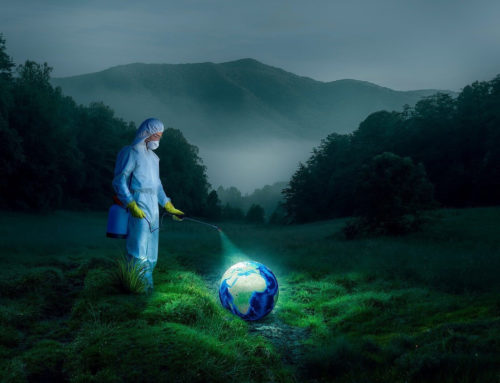
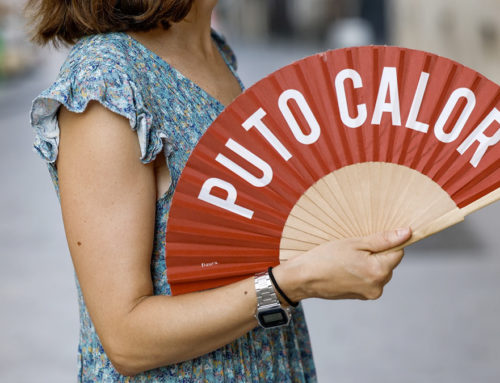

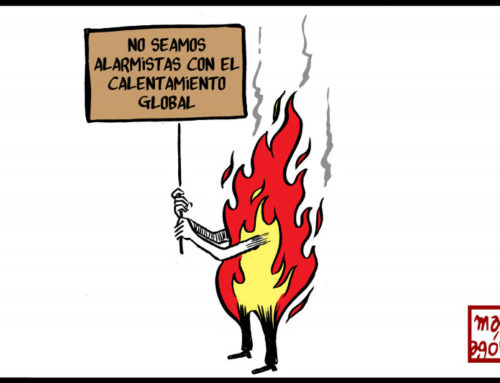
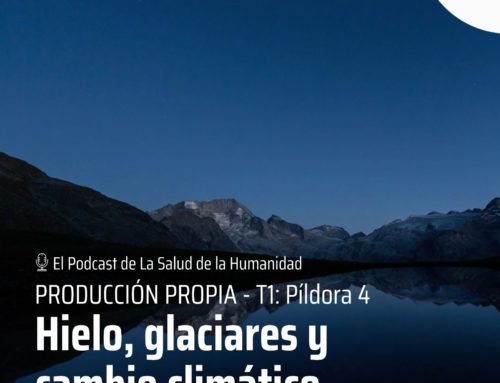

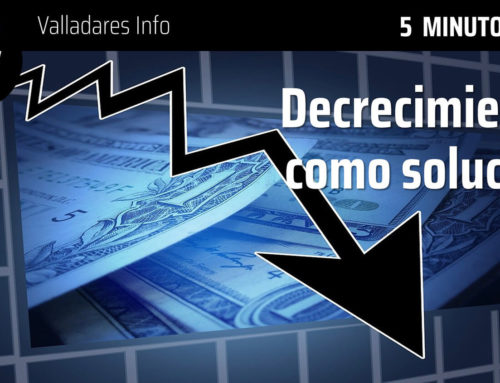

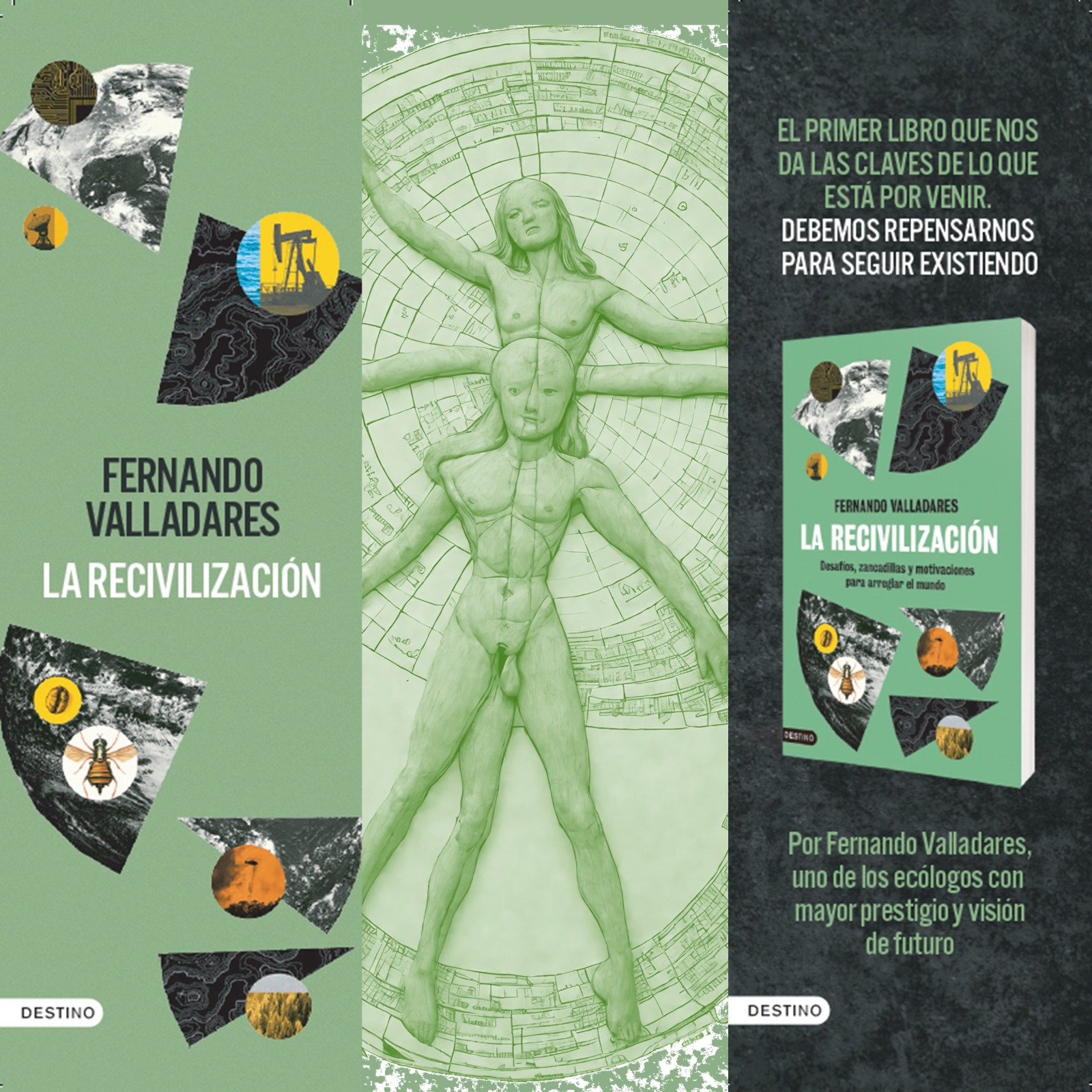
Deja tu comentario